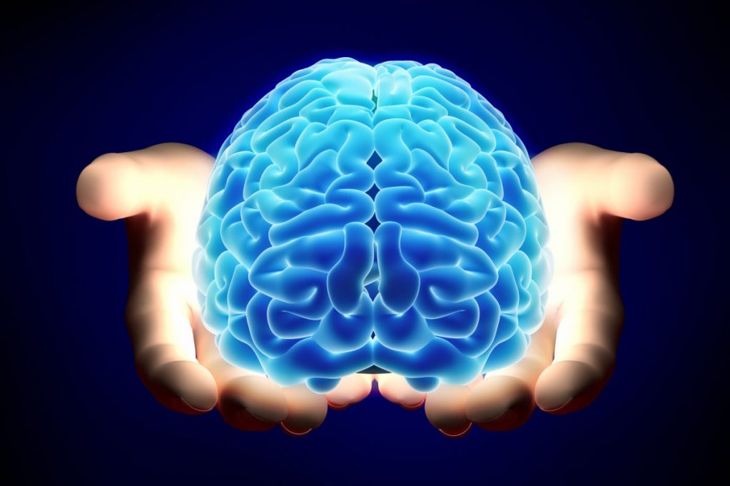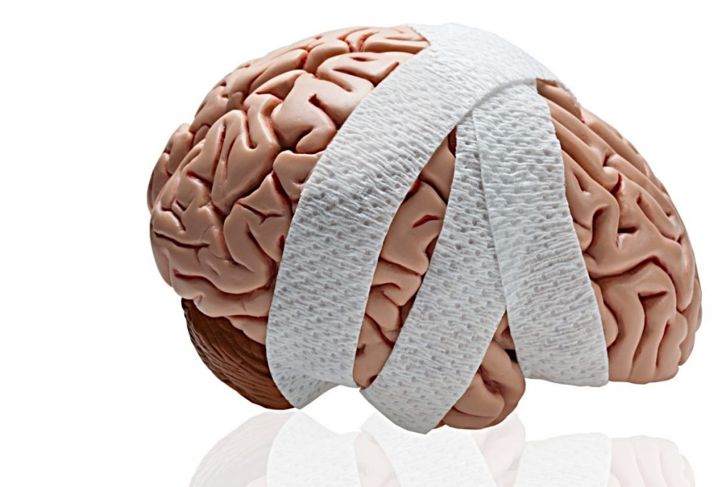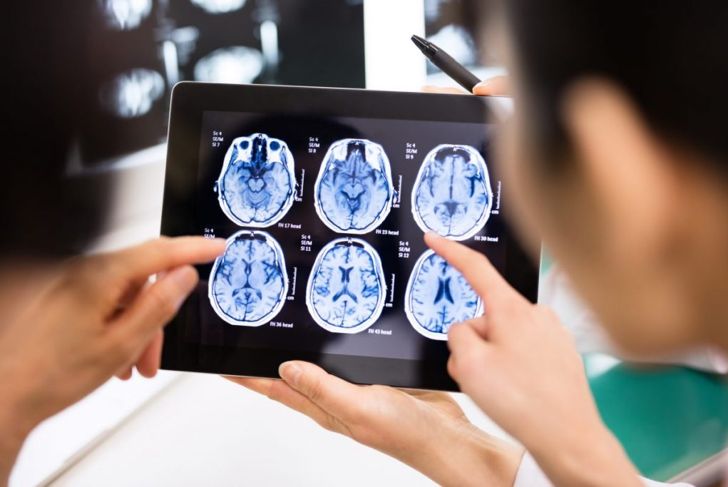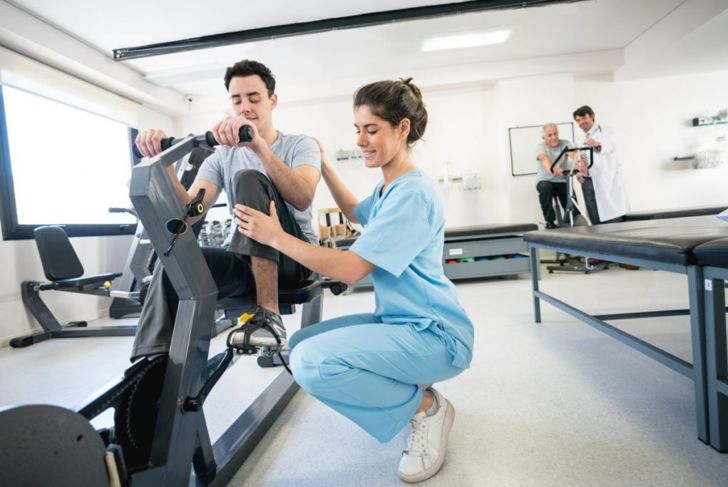Apraxia is a neurological disorder that exists in many forms. People with apraxia are unable to make particular movements, even though their muscles appear normal. People with apraxia of speech have difficulty speaking. The condition makes it difficult for the brain to perform motor planning to carry out desired movements. Apraxia can vary in severity, and some people are only mildly affected. The condition is not well understood, and research into the development of apaxia continues.
Ideomotor Apraxia
People with ideomotor apraxia are unable to carry out actions upon request. The person may be able to explain how to perform the movement, but the brain cannot instruct the muscles to move. Some people with ideomotor apraxia can carry out actions following an automatic cue, such as opening the door when the doorbell rings. However, when asked to open the door, they are unable to do so.
Conceptual Apraxia
People with conceptual apraxia experience difficulties visualizing and conceptualizing an action, and are often unable to carry out tasks involving multiple steps, such as making a sandwich, or they may carry out steps in the wrong order. Conceptual apraxia can also cause problems when using tools. The person may not be able to associate the task with the correct equipment. For example, when handed a spoon they may attempt to write with it as though it were a pencil.
Orofacial and Oculomotor Apraxia
People with orofacial apraxia have difficulty performing movements involving the structures of the face, such as the lips, cheeks, tongue, or larynx. They may be unable to whistle or make a specific expression when asked. Oculomotor apraxia makes it difficult to move the eyes voluntarily. People with the condition often find it hard to direct their eyes at a particular object. This type of apraxia is a sign of Balint’s syndrome, a neurological impairment involving the eyes and hand-eye coordination.
Gait and Limb-Kinetic Apraxia
These types of apraxia affect a person’s ability to move their limbs. Gait apraxia refers to apraxia that affects only the lower limbs. The person may have difficulties walking or running, despite having normal muscle development. Limb-kinetic apraxia causes impairments when attempting to move limbs and extremities. People with this type of apraxia may find it difficult to carry out tasks with their hands, such as waving or brushing their teeth.
Apraxia of Speech
Apraxia of speech makes it difficult or impossible to perform the movements necessary for speaking. Acquired apraxia of speech can affect a person at any age. It causes the person to lose the ability they once had to form words. Developmental apraxia of speech is also known as childhood apraxia of speech or CAS and affects a child’s ability to form words from the beginning stages of speech development. The child can usually understand speech to a far greater extent than they can express themselves verbally. Children with the condition often make considerable improvements or even recover completely with the right treatment.
Causes of Apraxia
Damage to the brain causes apraxia; it is often the result of an injury or trauma such as a stroke or brain tumor. The severity and type of apraxia depend on the severity of the damage and which areas of the brain were affected. The outlier is CAS; it is unclear why childhood apraxia of speech develops. This is not usually the result of brain damage. Instead, experts believe the condition results from a problem with the signals between the brain and the facial muscles required for speech formation.
Diagnosis
Specialists usually diagnose apraxia through assessment of speech or movements. Doctors may ask the person to perform a series of motor tasks to identify areas of difficulty. They may also examine the patient to rule out any structural or muscular reason for the motor difficulties. Brain imaging such as MRI scans can be a useful tool in diagnosing apraxia, as they allow doctors to see injuries to the brain. However, this is not useful when diagnosing developmental apraxia.
Treatment Options
Apraxia is usually treated using a combination of occupational and physical therapy. Treatment aims to help improve one’s ability to make gestures and to perform simple tasks necessary for day-to-day life. This can help the person maintain a greater level of independence and enjoy a better quality of life. People with both acquired and developmental apraxia of speech will often undergo speech therapy with the goal of improving the brain’s ability to plan speech movements and to make speech more intelligible.
Alternative Communication Methods
People with apraxia of speech may benefit from the use of alternative forms of communication to make themselves understood. The need for this depends on the severity of the condition. Options include using communication boards and electronic aids capable of forming words and sentences. People with both acquired and developmental apraxia may learn sign language to help them communicate. For children with developmental apraxia of speech, therapists may recommend practices such as saying the words while signing to coordinate the necessary muscle movements.
Apraxia vs. Aphasia
Apraxia of speech and aphasia are often confused with each other because they cause similar symptoms. However, they are two distinct conditions. Aphasia causes problems with the comprehension of language and the use of words, leading to speech difficulties. On the other hand, people with apraxia do not struggle with language comprehension. Apraxia refers only to difficulties performing the physical movements required for normal speech.

 Home
Home Health
Health Diet & Nutrition
Diet & Nutrition Living Well
Living Well More
More




















